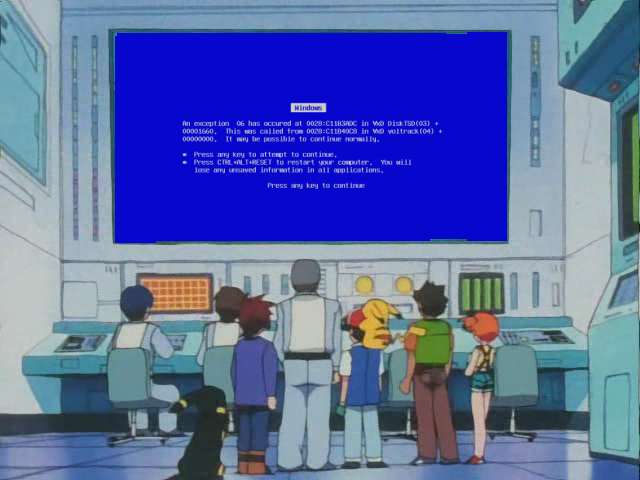
7 Debugging Techniques you should know in C# .NET
I think I spend more time debugging code than writing code, designing software architecture, trying to reproduce bugs and even going to meetings! Debugging is the biggest time consumer we have as developers. As time goes by, I keep learning new tricks that make my debugging more effective. I’ve gathered in this post 7 debugging techniques that I learned relatively late into my career and I consider advanced (though sometimes something advanced for some is trivial for others).

Debugging a .NET program after crash (Post-mortem debugging)
In my previous company, we experienced a reoccurring nightmare. It went something like this: New critical bug arrived from QA: Program suddenly crashed. Reproduces 1 / 10 times. Reproduce steps – unclear. The development team, after realizing they are unable to reproduce the bug on their development machine would claim the bug doesn’t reproduce, moving the ticket back to QA. In return, the QA team reproduced the bug, moving the ticket back to dev.
